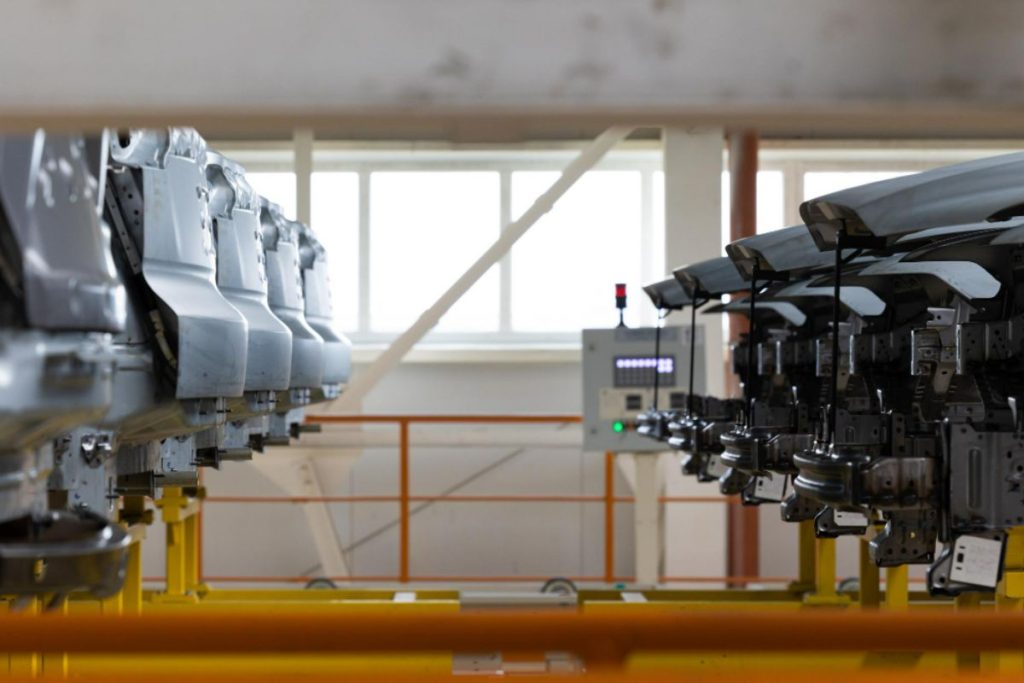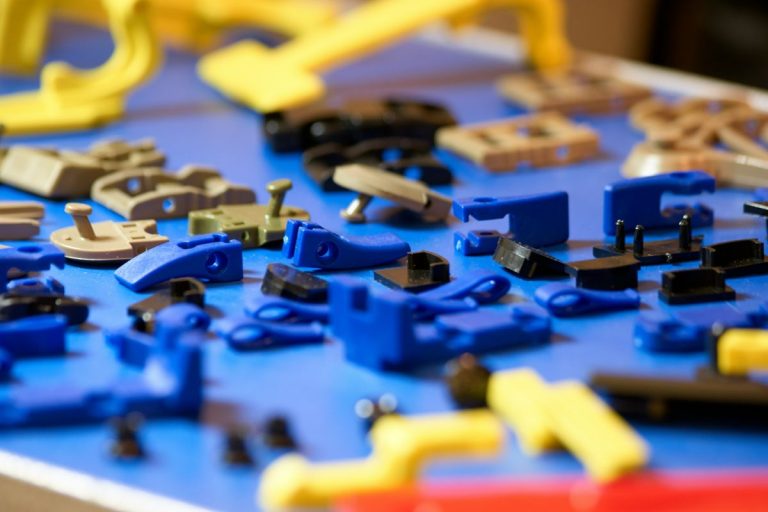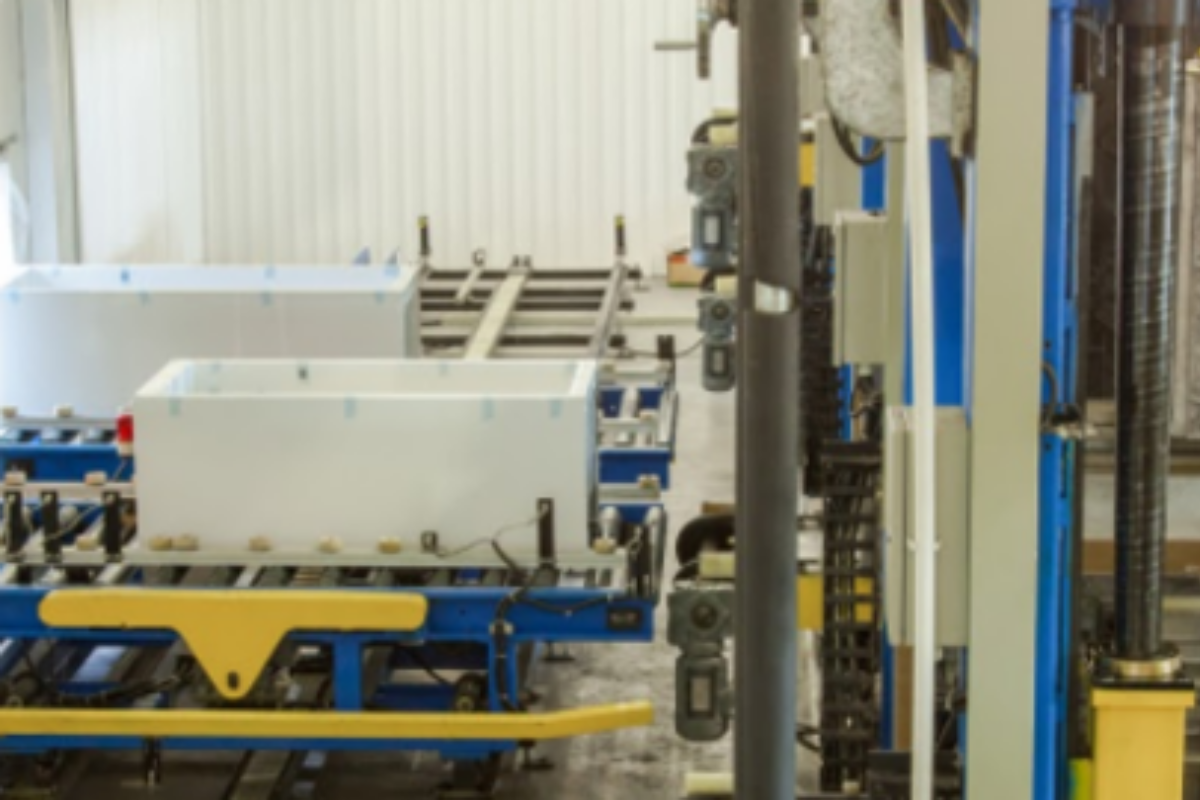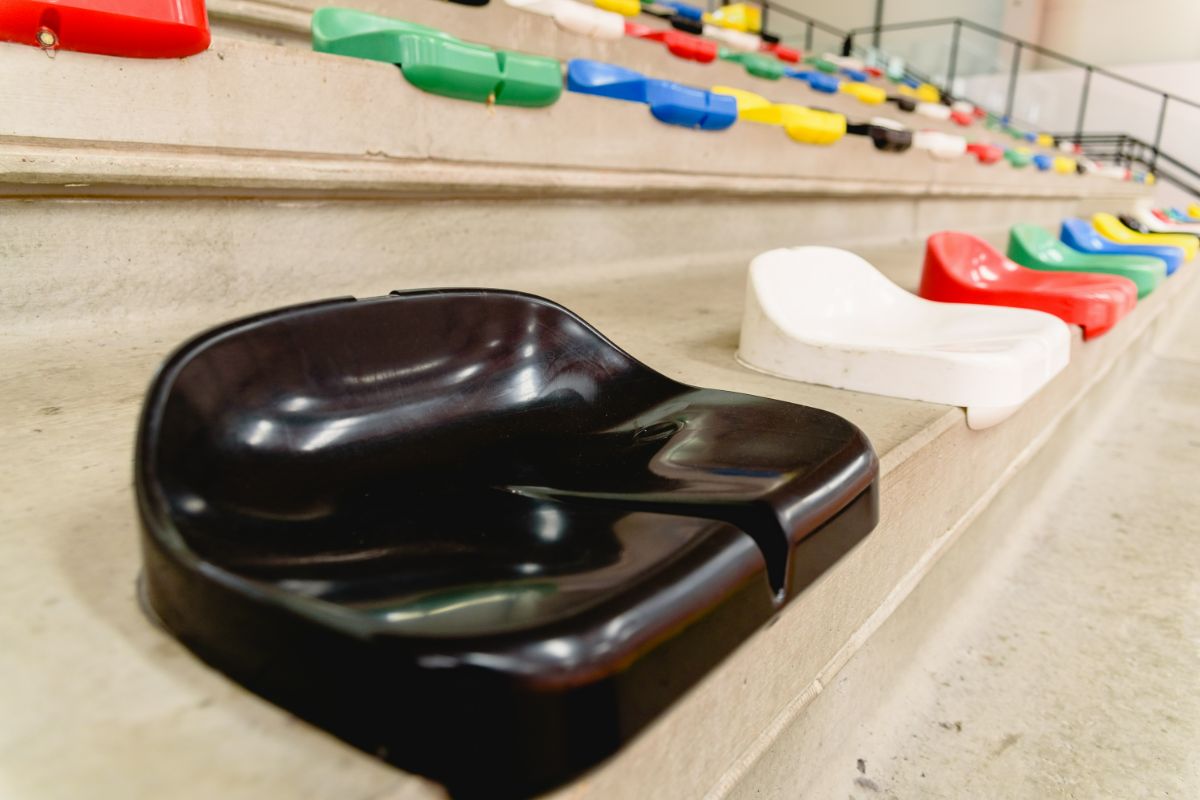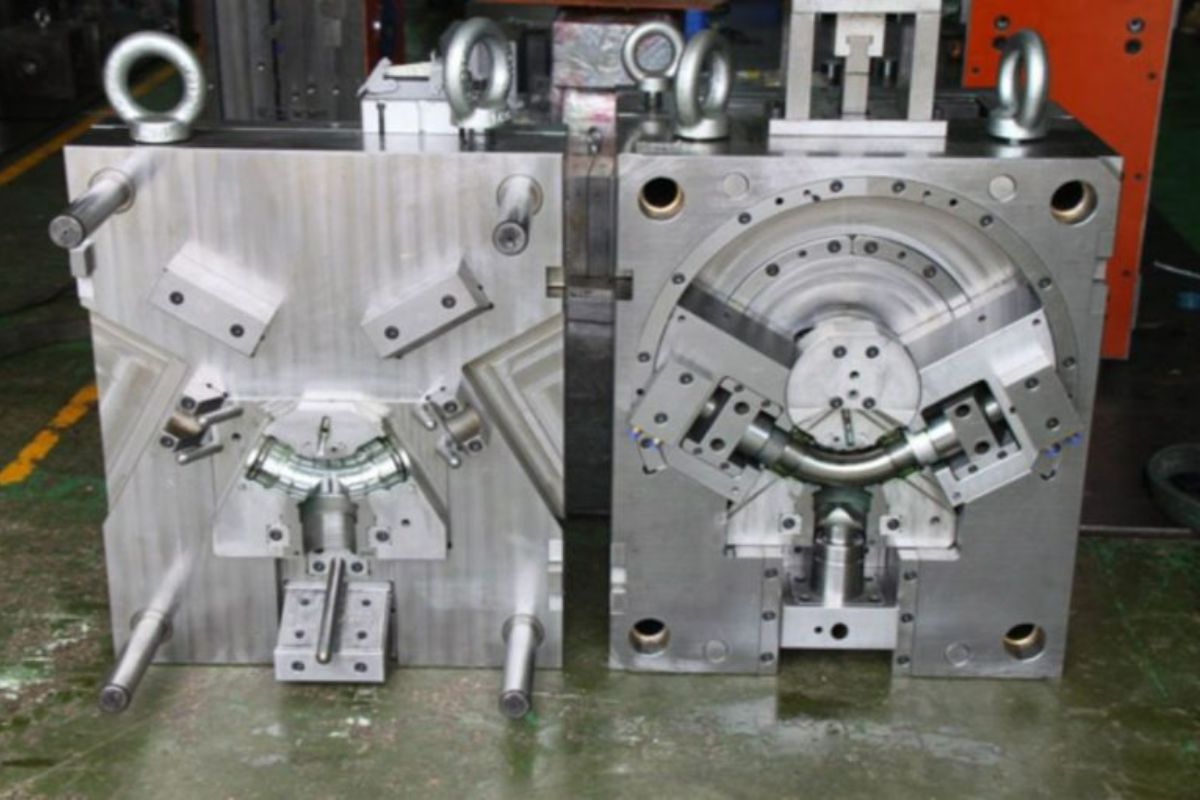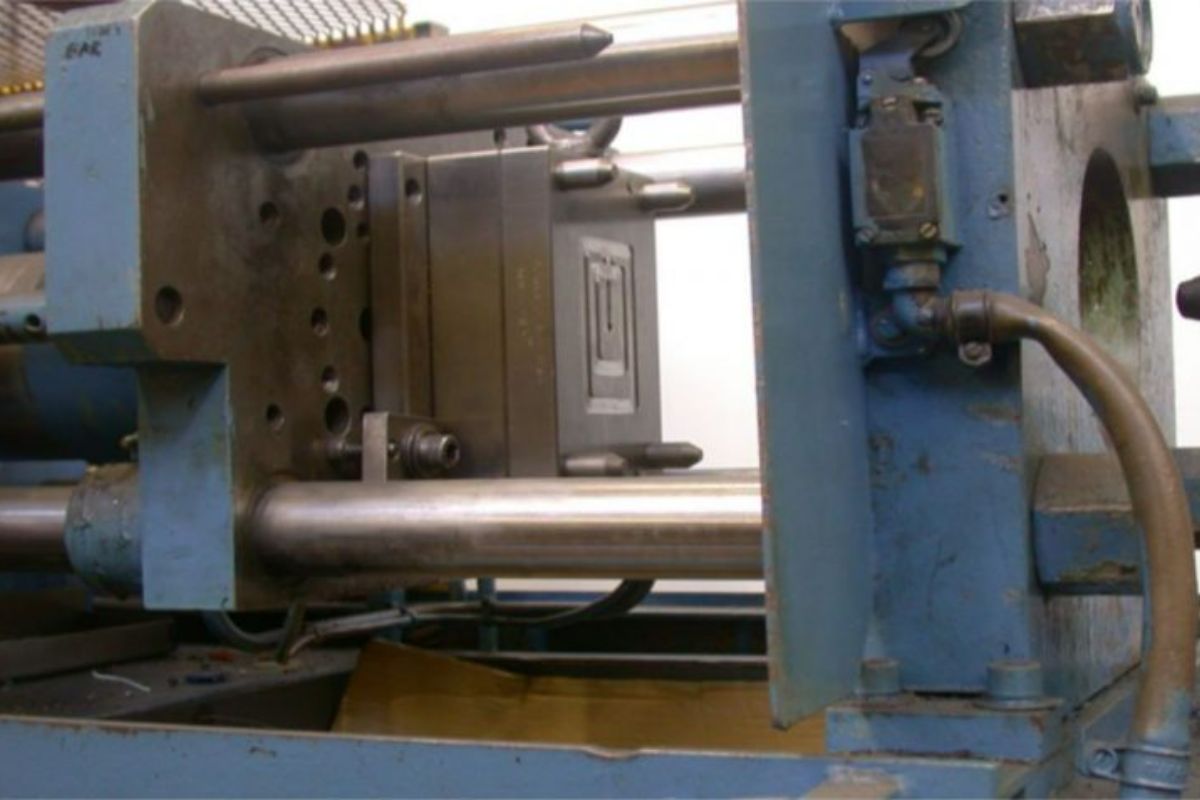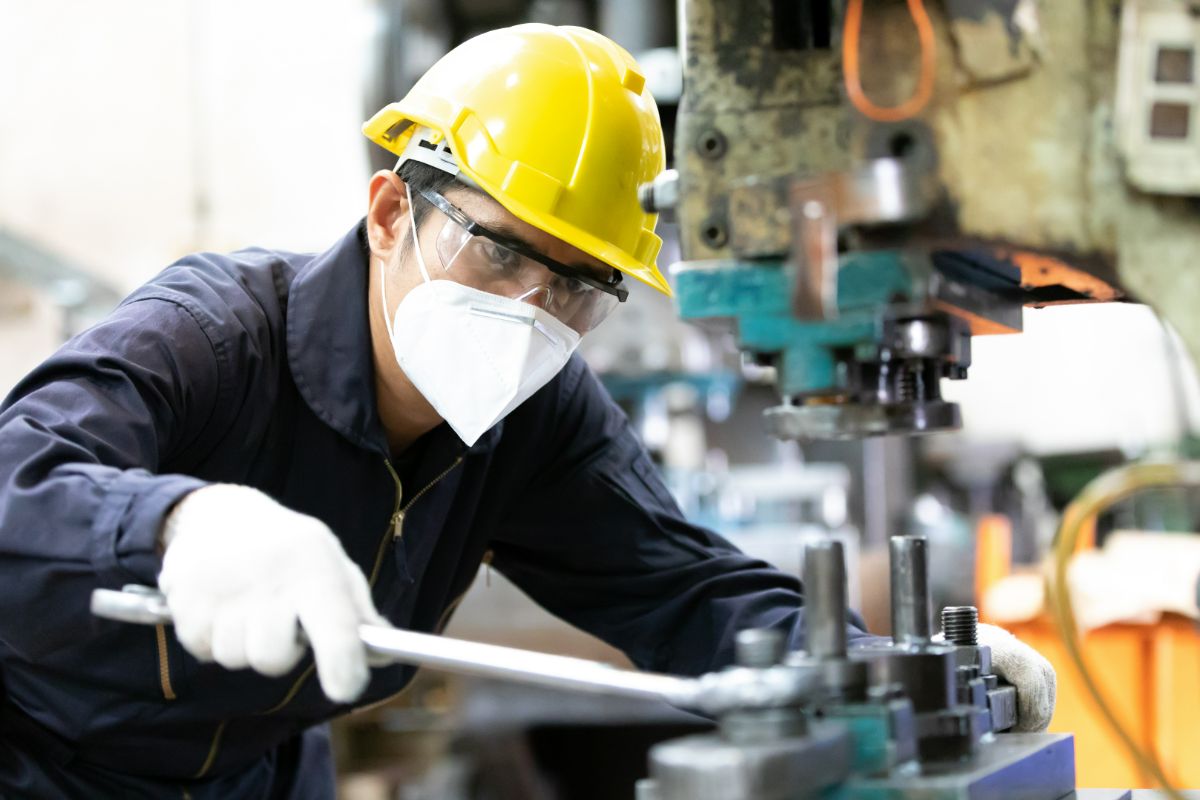What do you need to consider when using large-size plastic molding?
- Mold Design and Tooling
- Material Selection
- Equipment Capacity
- Molding Process Optimization
- Quality Control Measures
- Cost and Lead Time
Overview
- Large-scale plastic molding encompasses various critical factors that require careful consideration to achieve successful results.
- Addressing these factors allows manufacturers to uphold competitiveness in the market while delivering high-quality products.
- Richfields guarantees top-quality services, efficiency, and reliability, providing customers with exceptional value and peace of mind.
Large-size plastic molding is the manufacturing process of plastic parts or components. It requires specialized equipment and techniques to produce items of considerable size and complexity. It involves injecting molten plastic material into a mold cavity, where it cools and solidifies to form the desired shape.
Several considerations demand attention to ensure successful outcomes. Carefully navigating these considerations in using large-size plastic molding allows practitioners to navigate its complexities with confidence and precision. Read on to learn more.
Mold Design and Tooling
The significance of mold design and tooling cannot be overstated since these elements serve as the backbone of the entire production process. It directly impacts the quality, efficiency, and cost-effectiveness of manufacturing operations.
The materials used in mold construction are tool steel, stainless steel, aluminum, beryllium copper, and nickel alloys.
This is the reason why the design and construction of these molds must be robust and resilient to endure such demanding environments. Prioritizing these factors minimizes defects and achieves consistent, high-quality results in large-scale manufacturing operations.
Material Selection
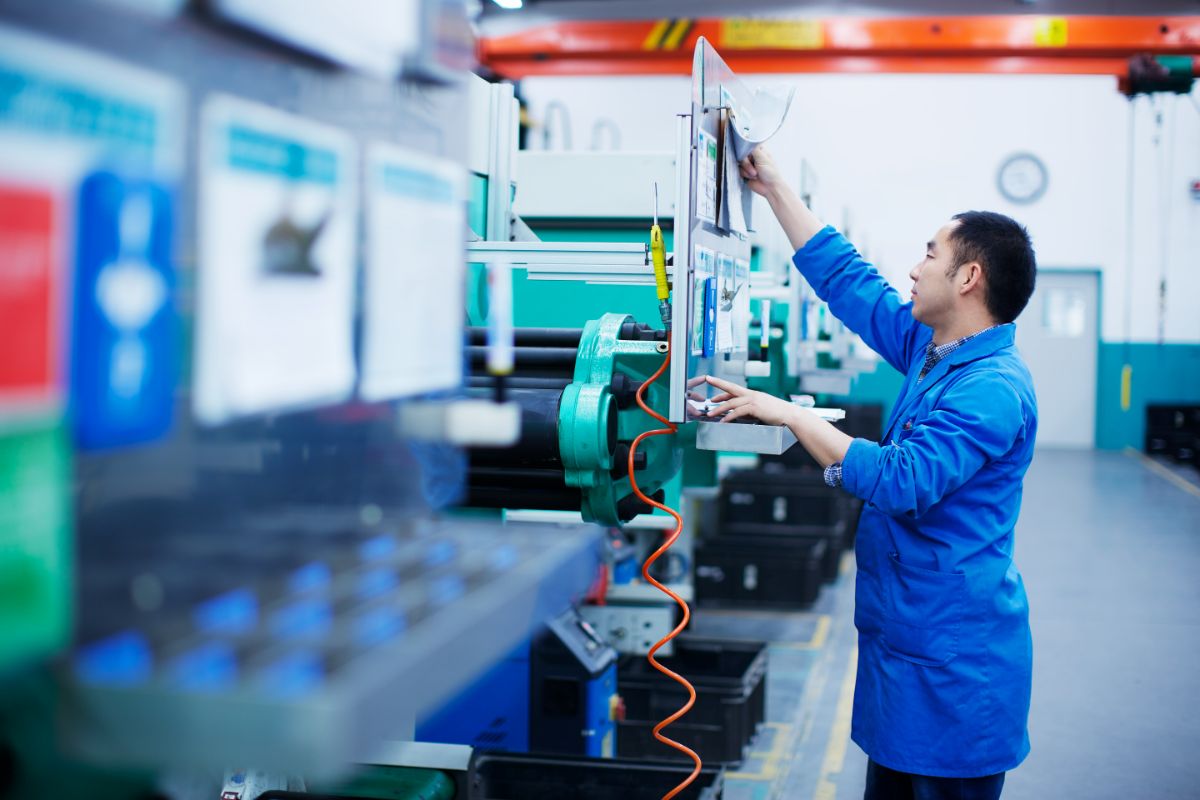
This process needs a comprehensive assessment of different factors to ensure that the chosen material aligns with the specific requirements of the application. One of these factors is understanding the material properties required to align with the demands of the molding process, as well as the performance requirements of the final product.
This process also involves an evaluation of the other factors including strength, flexibility, chemical resistance, and thermal stability to secure an outstanding performance and reliability of the final products.
Prioritizing these functional requirements and sustainability considerations allows manufacturers to make informed decisions that drive innovation, efficiency, and competitiveness.
Equipment Capacity
Equipment capacity in large-size plastic molding refers to the capabilities and specifications of the machinery used to manufacture plastic parts or components of considerable size and complexity. They ensure that these machines with auxiliary equipment like robotic arms and material handling systems can guarantee seamless production operations.
Every aspect of the molding process depends on the robustness and compatibility of the equipment, including the precise injection of molten plastic, mold cavity, efficient removal, and handling of finished parts.
Molding Process Optimization
Molding process optimization in large-size plastic molding is a systematic approach to refining and improving the various stages of the plastic molding process. Parameters like injection speed, pressure, temperature, and cooling time are important to minimize cycle times and energy consumption.
Achieving an optimal balance between these parameters requires thorough experimentation and analysis for the advancement of simulation tools and real-time monitoring systems. This pursuit of optimization not only enhances product quality and consistency but also contributes to the overall competitiveness and sustainability of the operations.
Quality Control Measures
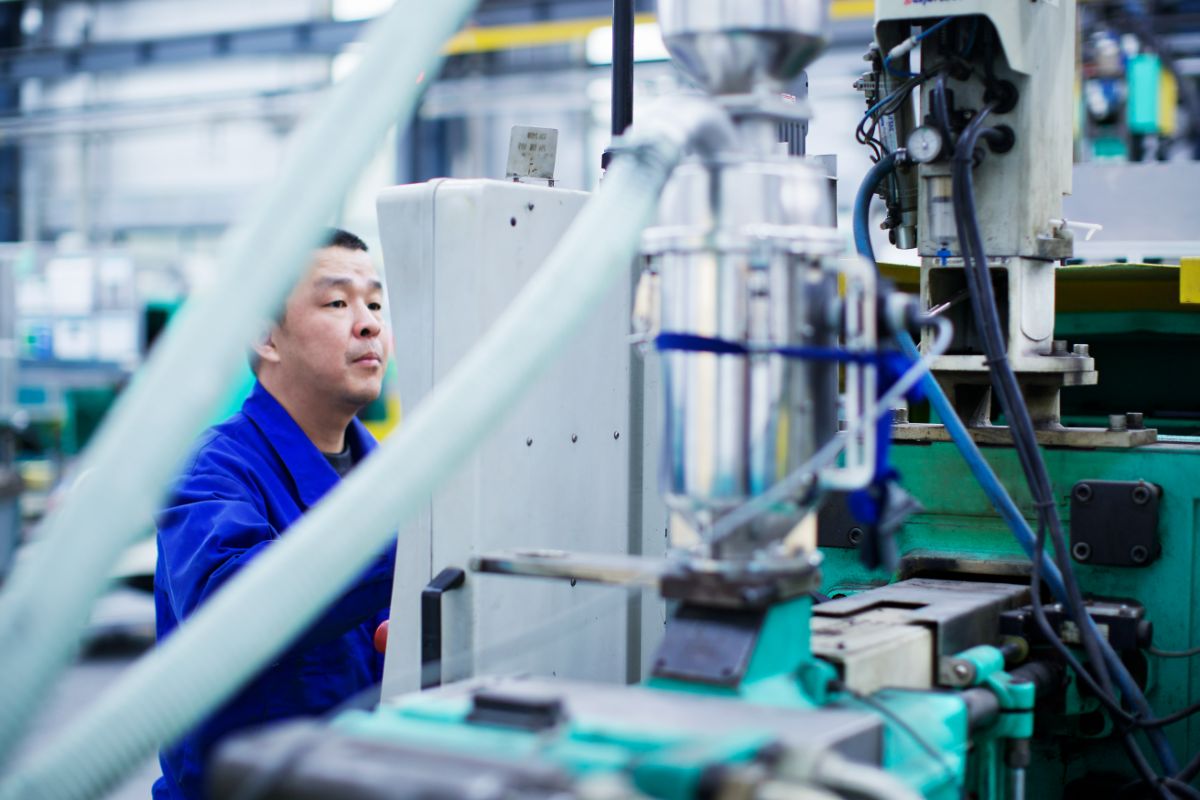
Quality control measures are vital procedures and processes put in place to guarantee the produced plastic components adhere to predetermined quality standards. These measures consist of multifaceted approaches to ensure dimensional accuracy, surface finish, and the absence of visual defects.
These inspections are deployed to process monitoring systems that enable real-time detection and resolution of issues and mitigate scrap and rework. Establishing a comprehensive quality control framework fosters customer satisfaction and competitive advantage in the marketplace.
Cost and Lead Time
Manufacturers must carefully manage different factors including material costs, tooling expenses, labor costs, and overhead expenses to ensure profitability while meeting customer deadlines. Along with this is the implementation of efficient production processes and leveraging economies of scale to optimize cost structures without compromising product quality.
For instance, adopting lean manufacturing principles, which are a set of methodologies and practices focused on minimizing waste and maximizing value in manufacturing processes, can streamline operations, eliminate waste, and enhance productivity.
By managing costs and lead times through strategic planning and operational excellence, manufacturers can be successful in large-size plastic molding.
Key Takeaway
These essential considerations in using large-size plastic molding demand meticulous attention for successful production and results. Manufacturers can deliver top-quality products and stay competitive in the market by prioritizing these factors.
Richfields Corporation is a plastic mold maker in China that can produce a vast range of mold types. Choosing us will give you the benefit of top-quality services, efficiency, and reliability. Our team has more than a decade of expertise in producing a wide array of plastic molds. To avail of our excellent services, reach out to us today!
